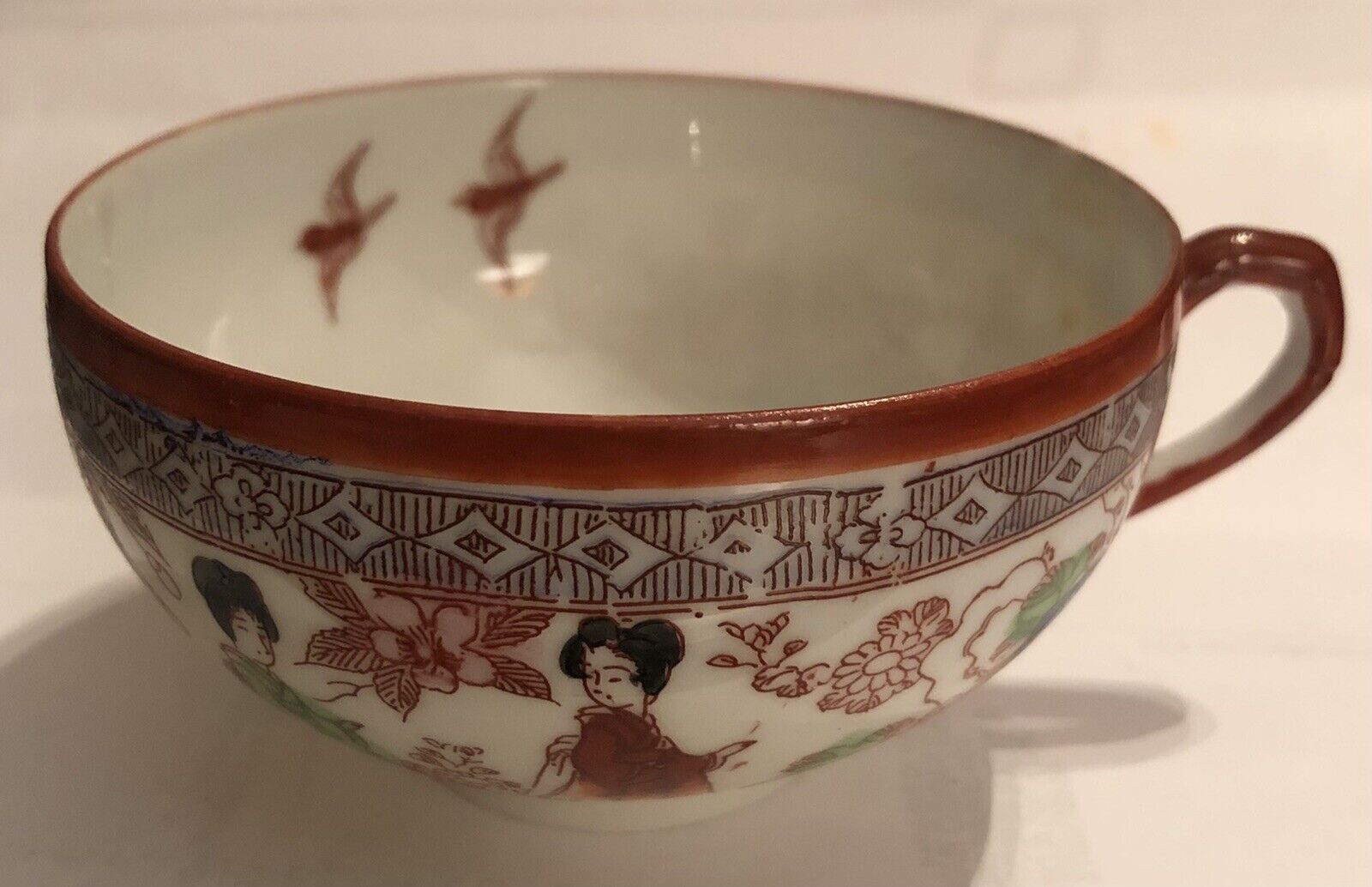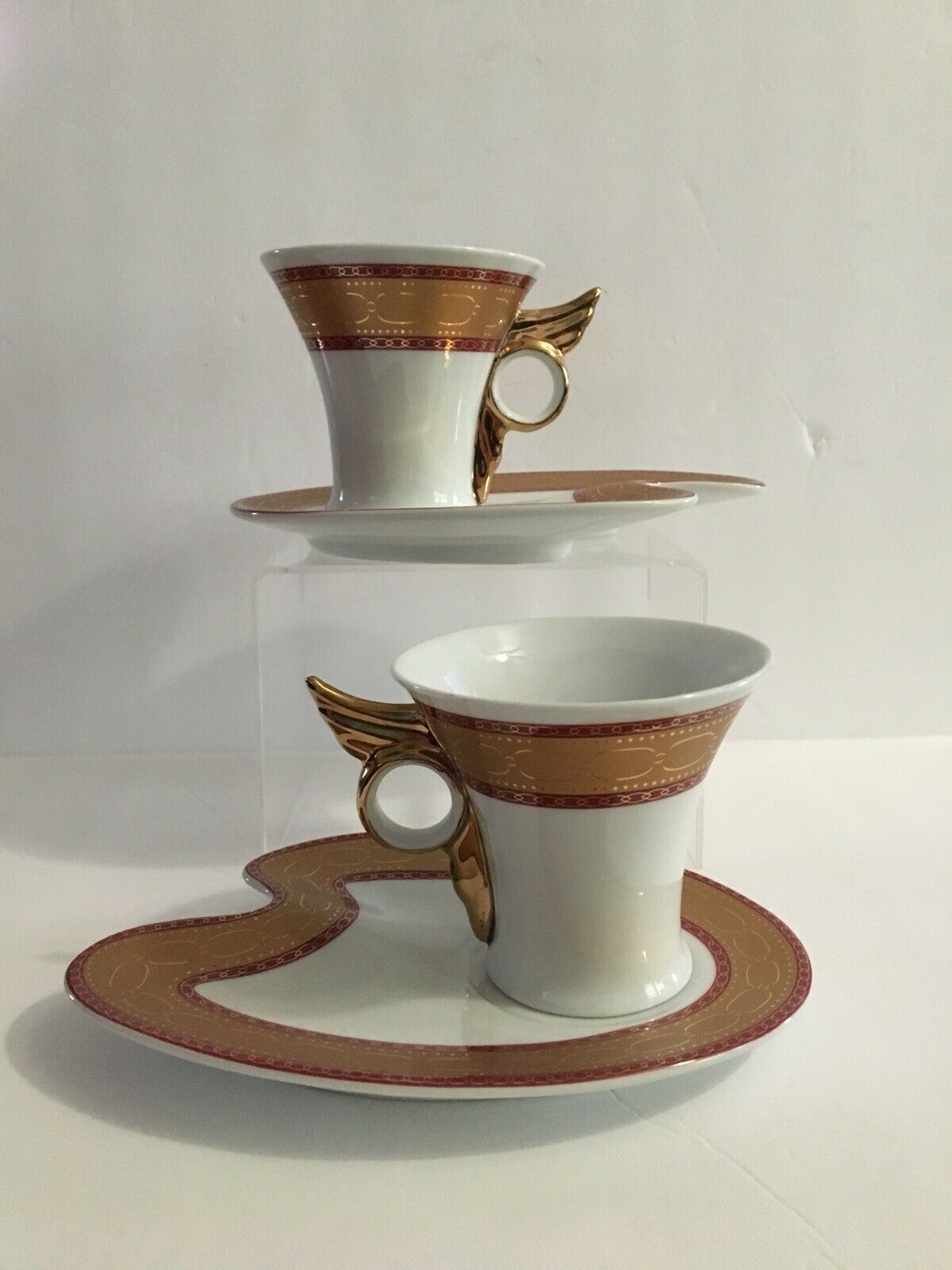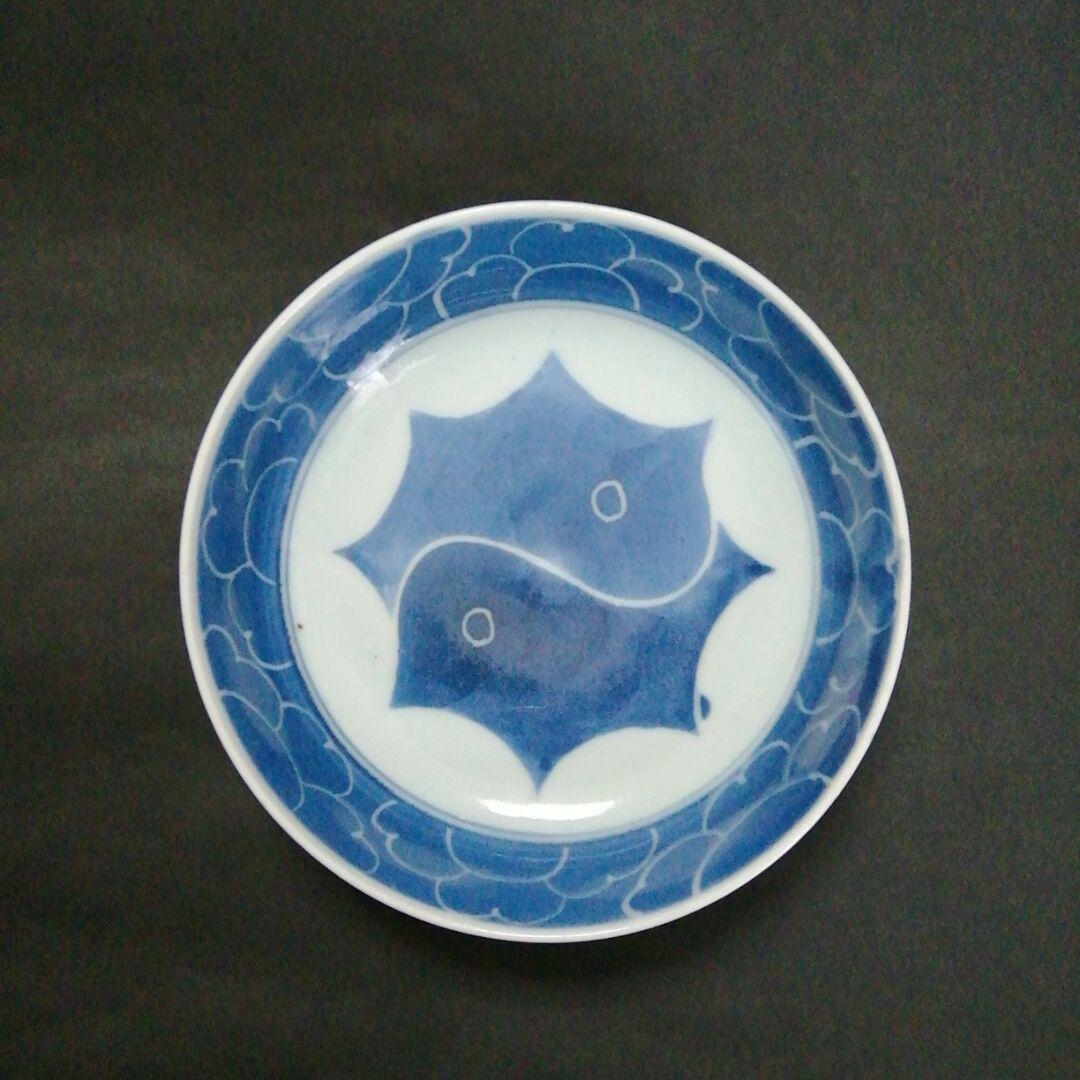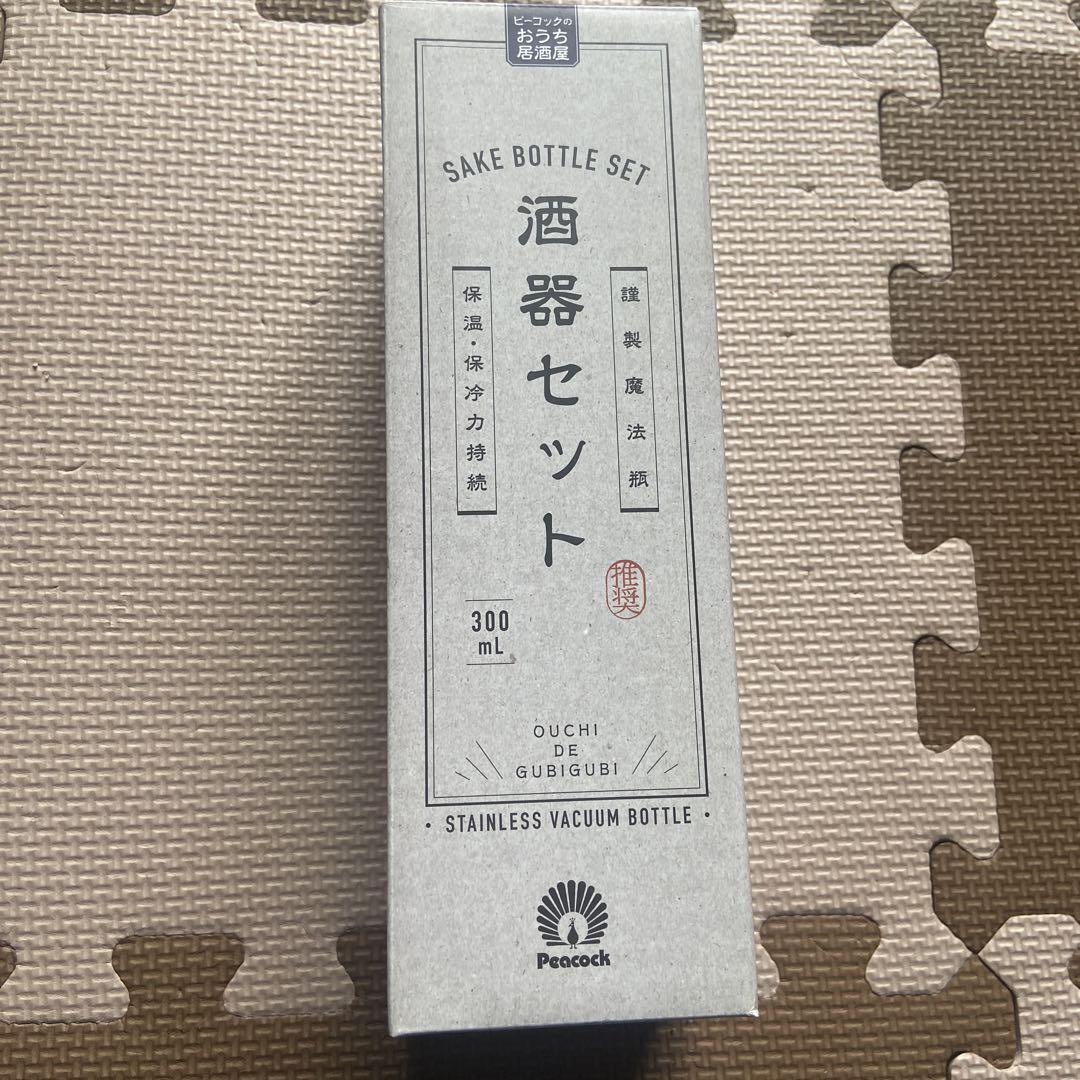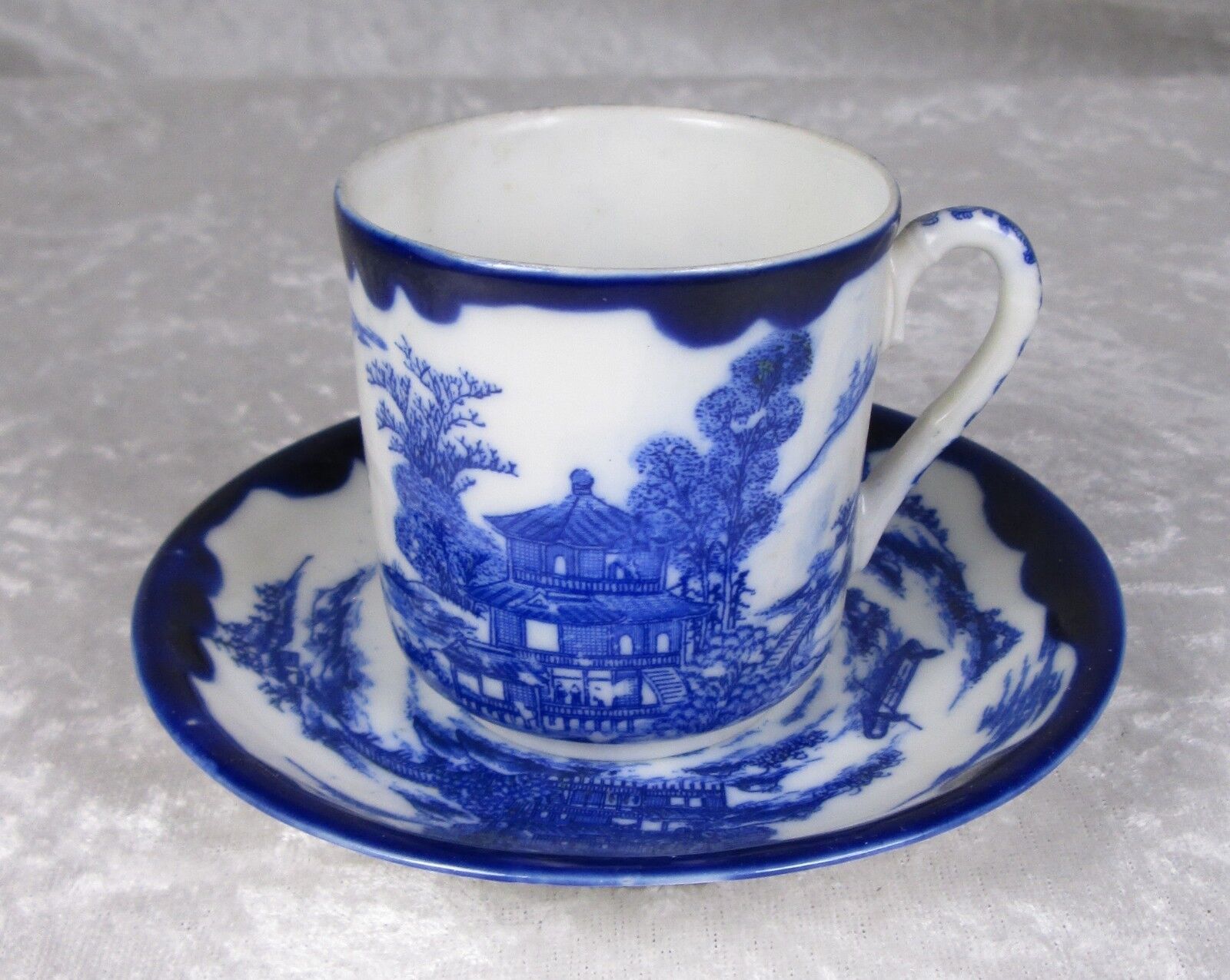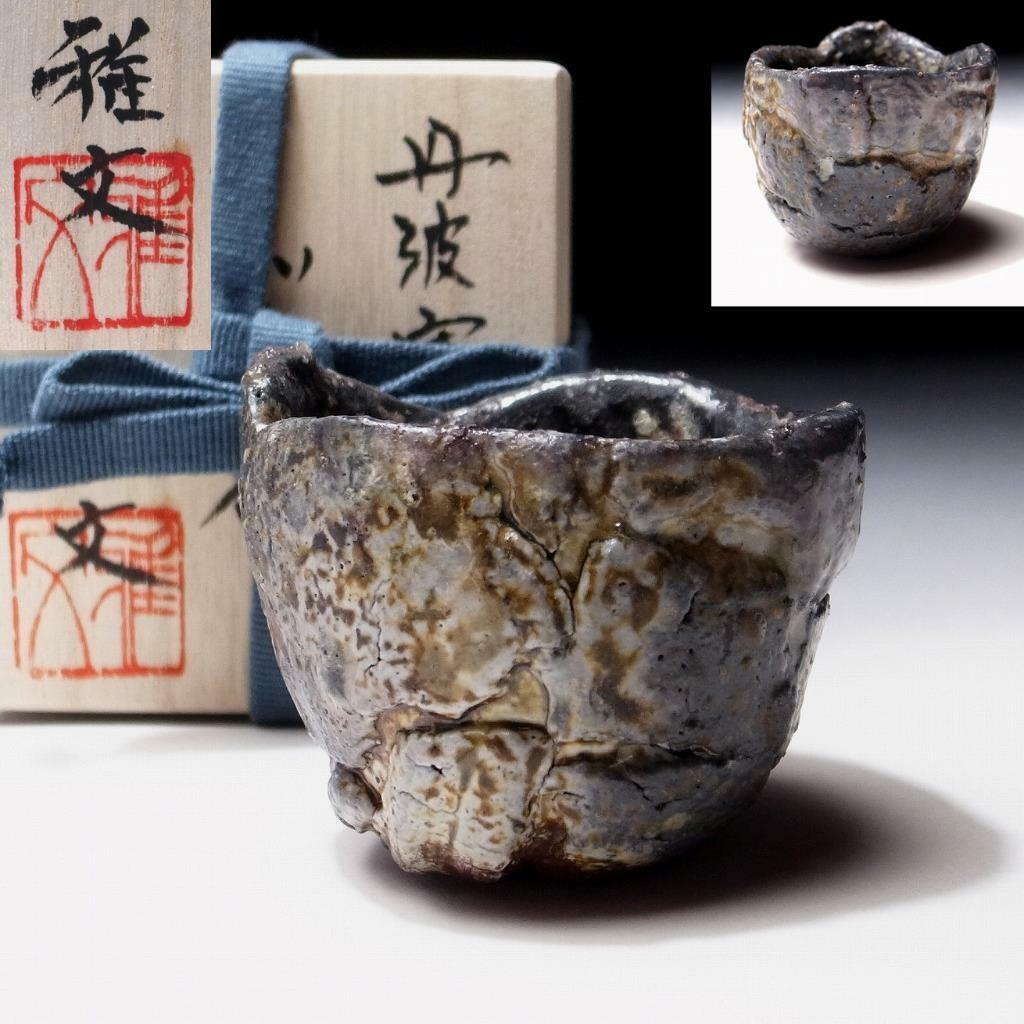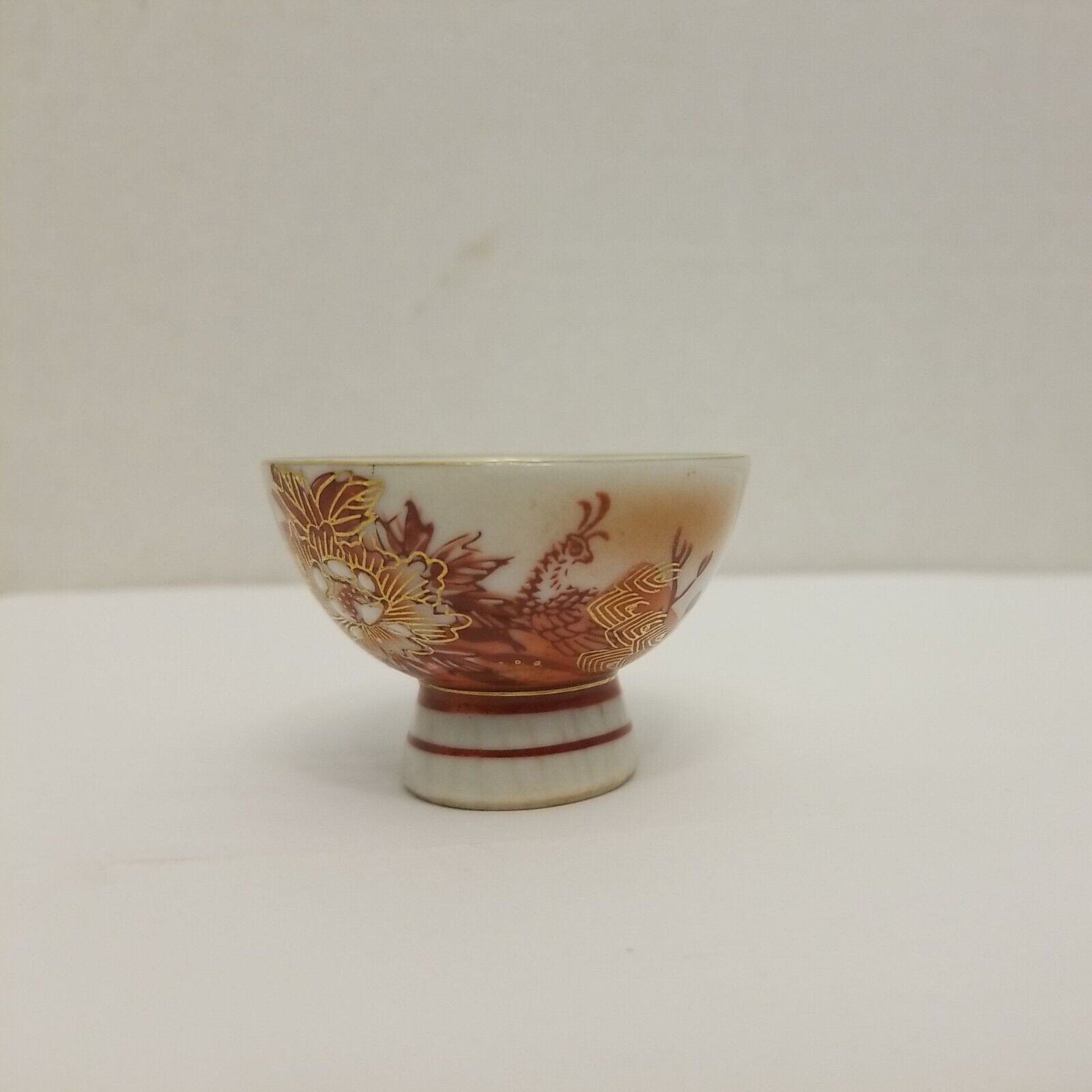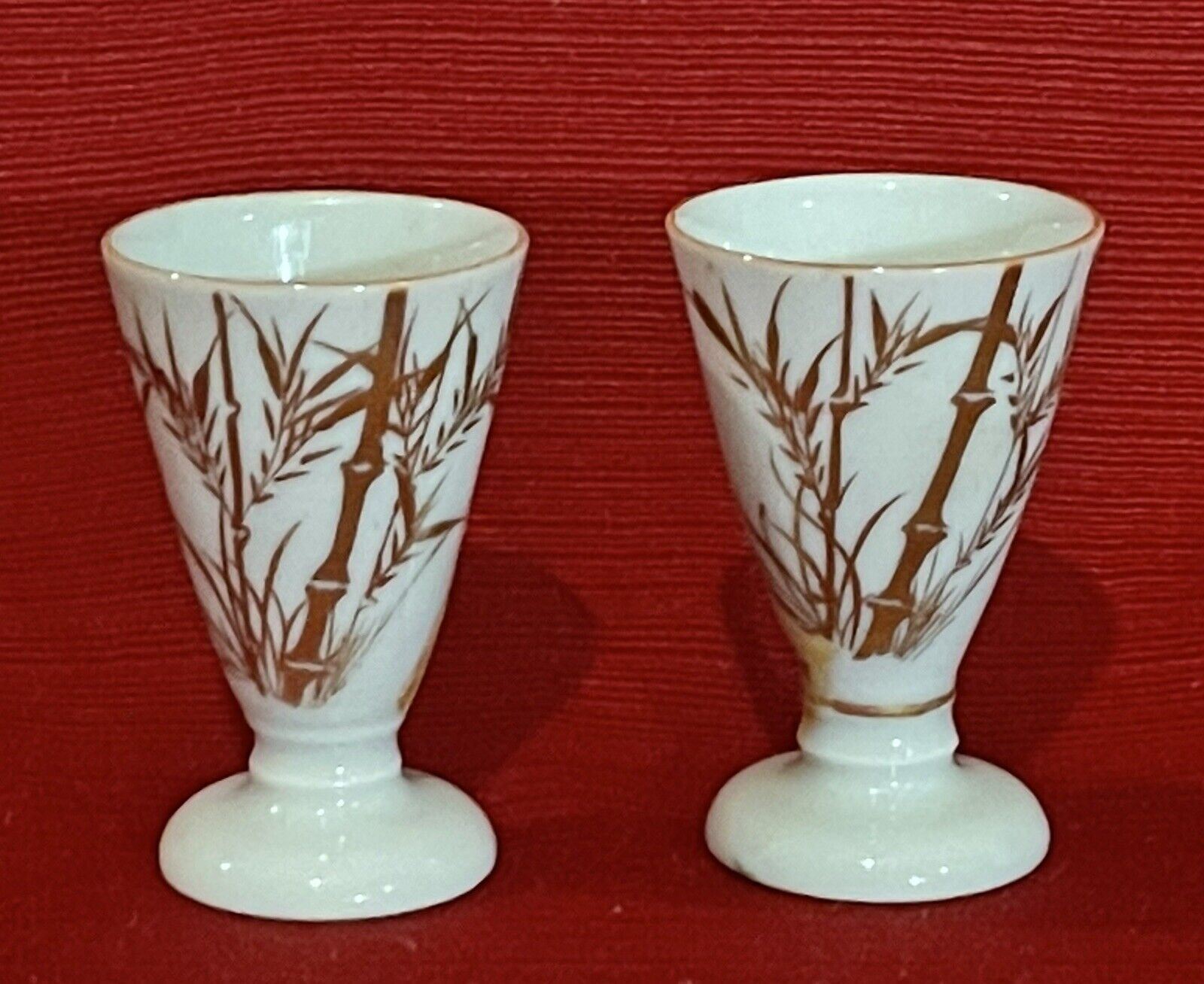-40%
Antique Porcelain Satsuma Moriage Hand Painted Gold Guilded Cup&Saucer
$ 4.22
- Description
- Size Guide
Description
Antique Satsuma Moriage Hand Painted Gold Guilded Japanese Porcelain Cup & Saucer depicting Immortal Goddess Kannon. Over 90yrs old!!! Beautiful pieces!Plate / Saucer is 5 1/2" in diameter
Cup is 3 1/4" Round x 2 1/2" Tall x 4" Wide with Handle
Please look at all the pictures and ask any questions before buying as all sales are final due to dire medical condition.
Thank you and check out my other listings as everything I have ever collected or made will be listed soon , some already is at great deals!!
Cup marked Nippon
Plate or “Saucer” marked (made in Japan hand painted)
My belief from looking at the pieces and after having a local shop look at them is that the cup is late 1890’s and the plate early 1920’s both painted in same technique and pattern from same artist. But I cannot prove this. I can say without a doubt both pieces are 90yrs old or older and as described. Very beautiful!!!
Nippon basically means “made in Japan.” When you see a “Nippon” mark on the underside of a base of a piece of ceramic, you know that you have a piece that was made in Japan. Simply, Nippon means Japan and while the “Nippon” mark served its purpose to comply with the McKinley Tariff Act of 1891 for the next thirty years, Customs Officials decided, in 1921, that any piece imported from Japan should be marked “Japan” and not marked “Nippon.” So, the “Nippon” mark was no longer the recognizable mark used for these items. For porcelain collectors, this makes dating your piece really easy. If your piece is marked “Nippon,” then it was made and imported between 1891 and 1921. If it is marked “Japan”, then your piece was made and imported after 1921.
Moriage is the process where wet slipware is applied atop a piece of porcelain. This applied ornament is brushed on or applied in the same way that icing might by piped onto the surface of a cake. Moriage is highly textural and a time consuming process of ceramic decoration. Nippon artists also enhanced their pieces by putting a pieces of textile onto the wet porcelains before it is fired in the kiln. After the firing process which burns away the actual textile, the surface of the porcelain object would retain the pattern of the textile.












